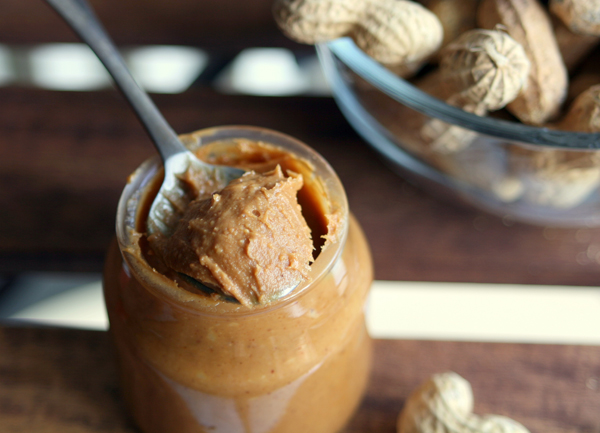
[Image above] Peanut butter diamonds are happening, thanks to the work of Dan Frost, scientist at Germany’s Bayerisches Geoinstitut. Credit: Anna; Flickr; CC BY-NC-SA 2.0
It used to be that some people could only afford a diamond by eating a steady diet of peanut butter sandwiches.
But PB&J is no longer a lunchbox standard.
No, thanks to the work of Dan Frost, PB&J stands for peanut butter and jewelry—diamond jewelry that is.
According to a BBC Future report, Frost, a scientist at Germany’s Bayerisches Geoinstitut, has struck gold with his discovery that diamonds (also known as a girl’s best friend) can be made from peanut butter.
Seriously.
It’s one of those eureka moments that happen in science (look out for more on that topic coming to CTT this Friday).
While working to reproduce above-ground the crushing crystalline activity happening below-ground—deep in the lower mantle of the earth—Frost found that not only could diamonds be produced from carbon dioxide, but also from man’s most beloved butter.
Don’t go running to grab the near-empty jar of Jif from the pantry just yet—these diamonds don’t grow overnight, and they aren’t produced without a healthy heaping of CO2 and intense pressure, courtesy of Frost’s “powerful piston” and anvil presses. It’s this pressure, he believes, that strips away the oxygen while carbon remains to create a dazzling diamond.
Frost and his colleagues at the Institute are hoping that their work can be replicated to produce additional artificial diamonds as the basis for better semiconductors, quantum computing, and, just maybe, the creation of a carbon-based raw material stronger than diamond.
Additionally, reports the BBC, “The experiments may even, counter-intuitively, tell us about the air we breathe—and it is here that Frost’s diamonds come in. He suspects that a series of geological processes could pull CO2 out of the oceans, into rocks, and then down into the mantle, where it is converted into diamonds. These gemstones are less volatile than other forms of carbon, says Frost, meaning that it is less likely to be released back into the atmosphere. A diamond-studded mantle could therefore have slowed down the warming of the Earth, potentially helping the evolution of life.”
Click here to read the fascinating Future feature in full.
